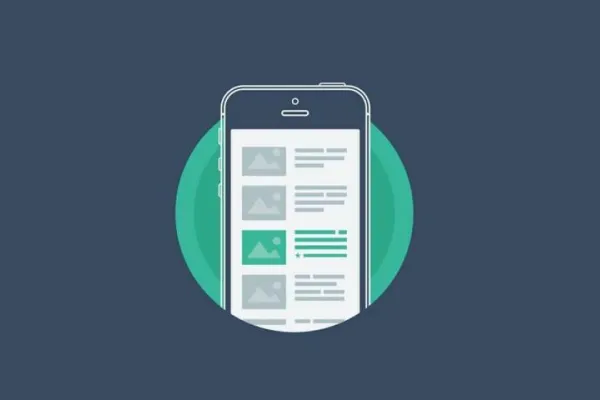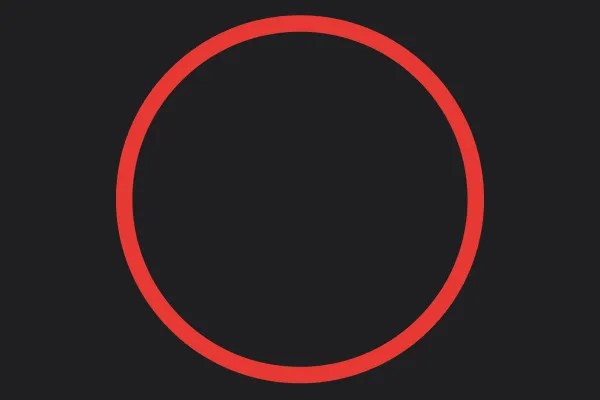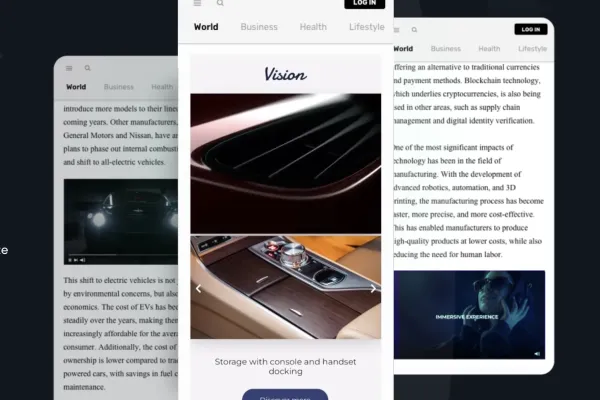
By Michael Korsunsky
Chief Marketing Officer, MGID
Santa Monica, US
Connect
Match.com, eHarmony, PlentyOfFish – what do they all have in common? Well, besides helping users find their ideal matches, they all likely employ native advertising in one form or another. At its core, native advertising can be defined as digital ads that match the environment of a website or an app, and offer a logical content extension of the ecosystem on which they appear. There are numerous formats of native, including articles, widgets and videos; and more will inevitably hit the market in the future.
In the content-heavy world we live in, native advertising offers advertisers a way to reach out to their audience without being overbearing. Taking into consideration the prevalence of dating brands and the vast number of single people they attract – nearly 50 million people in the U.S. – these brands are clearly doing something right when it comes to advertising.
Here are a few things advertisers and marketers can learn from dating brands:
Infiltrate pop culture
If it doesn’t get the attention of your target audience, then an advertisement has no purpose. Native advertising campaigns generally offer higher engagement rates and greater results than traditional display advertisements, without destroying user experience.
Related: Top Trends for Native Advertising
If Tinder’s native advertising initiative with “The Mindy Project” is any indication, it pays to target a popular show your key demographic is watching. One of the main draws of watching a show like “The Mindy Project” is being able to like and identify with the characters therein. Cleverly capitalising on viewers’ inherent emotional connection with the show’s main characters Mindy Lahiri and Danny Castellano, the brand was able to leverage its native ad to attract new users. On the flip side, the show was also poised to benefit in ratings, as this collaboration exposed it to Tinder’s 50 million user base.
Target common interests
For anyone who’s tried online dating, finding common interests among a group of strangers sorted by geographical location, astrological sign or alma mater is akin to finding a needle in a haystack. So when Match.com launched Meet at Starbucks, it was a match made in native advertising heaven.
Related: "Make people understand the value of native advertising"
Users first indicate via a Starbucks badge their love for a good cup o’ joe and then proceed to instantly send another member a coffee date invite with the simple click of a button. By tapping into the classic first date standby, Match.com was able to entice new users and up conversions by offering a new feature, and the coffee giant benefitted from increased sales and notoriety.
Make it unobtrusive
If there’s one area in which native advertising reigns supreme, it’s adapting to its environment and blending in. Companies like the one I work for, MGID, which create targeted ad campaigns for a number of organisations in different industries, employ this tactic when working with dating brands as well.
International dating site, Anastasia Date, which has a user base of 4 million, has recently profited by utilising high-quality, seamless ads. Through MGID’s native campaign on its behalf, Anastasia Date’s page views averaged 23 per session. As we saw while working with Anastasiadate, native advertising can be an extremely effective way for dating brands to grow their audiences and generate leads.
Be it dating brands, or companies from myriad other industries, the primary payoff when it comes to native advertising is the engagement opportunity it offers. Whatever the KPIs are, native advertising allows companies to create meaningful interactions with customers, which is the foundation of a successful and efficient conversion cycle.
Want more? Sign up for the Native Advertising Institute Newsletter and get weekly insights and news from the people who live and breathe native advertising.
Photo credit: Denis Bocquet/flickr
 By
By 



